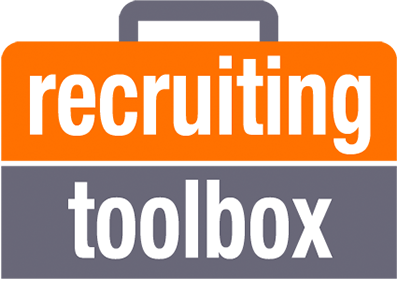
When I was a young recruiter, during my intake meetings I learned to ask the Hiring Manager, “What’s your ideal target candidate profile?” I wanted them to describe their perfect candidate — beyond the laundry list of 37 must-have requirements on the job description, tell me about all of your preferences for target companies, target schools, and personality type. I believed the more clearly I could visualize the perfect candidate, the more quickly I could please my customer: the hiring manager.
There are so many things wrong with this kind of thinking.
First, the hiring manager is not my customer.
Second, stop calling it an intake. Please.
Third, I’m totally setting myself up for failure by STARTING my kickoff meeting with an ideal candidate profile. Ideal — based on traditional superficial requirements and keywords — rarely exists. And I’ll end up spending too much time pushing back — based on market realities — or, worse, trying to source and engage an ideal candidate over the next few weeks, only to come up empty and having to have this kickoff conversation all over again.
Instead, I learned and now recommend to start the conversation with a focus on the WORK first. Ask questions like:
- What will this person do?
- What are their goals?
- What should they have achieved in their past to come in and deliver at the level you need?
- What should they have achieved in their first 3 months, 1 year?
By starting with the work first, before I get into the target candidate profiles, I’ll be able to better recommend profiles from different industries, companies, schools, and backgrounds. Without this understanding of the work, I’m stuck taking notes, and — potentially — could get lost in a world of keywords and biases that have nothing to do with someone’s ability to DO THE WORK.
Fourth, and most importantly, allowing an “ideal” candidate profile into the conversation — the notion that there’s ONLY ONE perfect candidate — crushes your chances at bringing in real diversity into your org. It reinforces the very thing so many of us are trying to address — that there are actually MULTIPLE backgrounds and experiences that can be successful in this kind of role. True talent advisor recruiters are working hard to widen the aperture and get hiring managers to lose this homogenous, singular success profile. This is what will help diversify their teams. And we are KILLING our ability to do that if we accept an “ideal candidate profile” request, and we’re the CAUSE of our own problem if we’re the ones framing the first question — as I did in my early years —as: “What’s your ideal candidate profile?”
We must stop that. Please. It’ll make such a huge difference.
We have this incredible opportunity — early in the process, during our kickoff/strategy meeting — to not only make the case for diversity, but also to start a new search off with a core assumption that there are many potential success profiles, including different educational backgrounds, different target companies (outside of our normal 2-3), and different experiences. And there are different sources (outside of referrals from our homogenous teams and usual sources) that will generate those quality candidates.
I believe talent is equally distributed, but access and opportunity is not. And a lot of our work to enact that belief comes early in the process with the job description requirements, the first conversation around target candidate profiles, and our early calibration on “what good looks like.” We can champion diversity and open up our opportunities to all kinds of amazing talent if we can shift from “ideal target candidate profile” to “multiple success profiles” in our thinking, our words, and our actions.
Learn more about how we partner with clients to help them define what good looks like.
To receive blog posts like this one straight in your inbox, subscribe to our emails.
